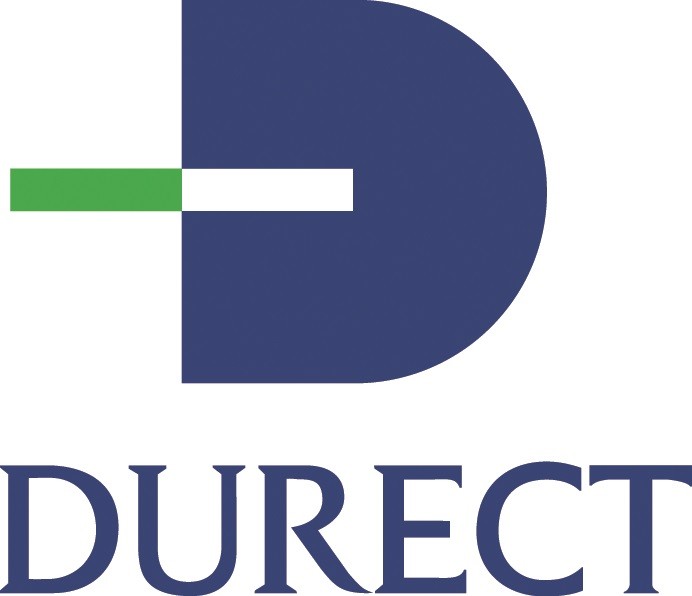
Organic Solvent-free Subcutaneous Aqueous Depot for GLP-1 Peptide Delivery
Michael Sekar
Sr. Director, Formulation Research, Durect Corporation
Organic Solvent-free Subcutaneous Aqueous Depot for GLP-1 Peptide Delivery
Michael Sekar, William Van Osdol, Jim Matriano, Su Il Yum, Felix Theeuwes, Keith Branham*, Whitney Moro* and John Gibson*
Pharmaceutical Systems Research and Development,
DURECT Corporation, 10260 Bubb Road, Cupertino, CA 95014
*Lactel Division, DURECT Corporation, 2200 Riverchase Center, Suite 501
Birmingham, AL 35244 USA
Purpose: We report an organic solvent-free, aqueous and injectable depot formulation for bimonthly delivery of biologically active GLP-1 analogue for Diabetes type 2 treatments.
Methods: Custom-made biodegradable charged-polymers of different size, lactide/glycolide ratio and charge density were synthesized in house at the Lactel Division of Durect. Durect Depot formulations were prepared as a dispersion of GLP-1 and polymer with appropriate ratio. The active pharmaceutical ingredient with a biodegradable stabilized-polymer suspension was ready for injection without any solvent other than aqueous buffer. Upon subcutaneous injection, the DURECT depot system formed a single depot at the injection site. Release of GLP-1 analogue began immediately upon administration and continued for a period of time. Concurrently, the polymer excipient degraded, eliminating the need for removal. Different polymer combinations with GLP-1 analogue were screened for optimal sustained delivery from weekly to bimonthly. These formulations were studied both in vitro and in vivo, and evaluated based on physical and chemical stability as well as pharmacokinetics. Animal PK study was carried out using Sprague-Dawley rats. A qualified bioanalytical method based on ELISA was used to analyze the serum samples obtained from the rat PK.
Results: Pre-formulation studies showed that liraglutide (a GLP-1 analogue) could be formulated with biodegradable polymer depots, based on solubility and stability data. The peptide-polymer mixture was lyophilized, where the polymer served as a stabilizing and bulking agent. Suspension formulations of these dried powders were selected on the basis of allowing limited release over 7 days in vitro, while maintaining unreleased peptide in its native state. PK studies of these formulation in SD rats demonstrated release of < 10% of initial GLP-1 peptide content within the first 24 hours post dose, followed by continuous, controlled release over one week to two weeks. Results were compared with that of DURECT’s CLOUD™ depot formulations with several other excipients including solvent. Pre-clinical observations of this polymer-stabilized GLP-1 peptide mixture showed no difference in terms of injection site reaction compared with DURECT CLOUD™ formulation.
Conclusion: DURECT’s new Polymer Technology can deliver stable and sustainable GLP-1 analogue peptide from 1 to 2 weeks without any carriers other than biodegradable polymer and aqueous buffer.